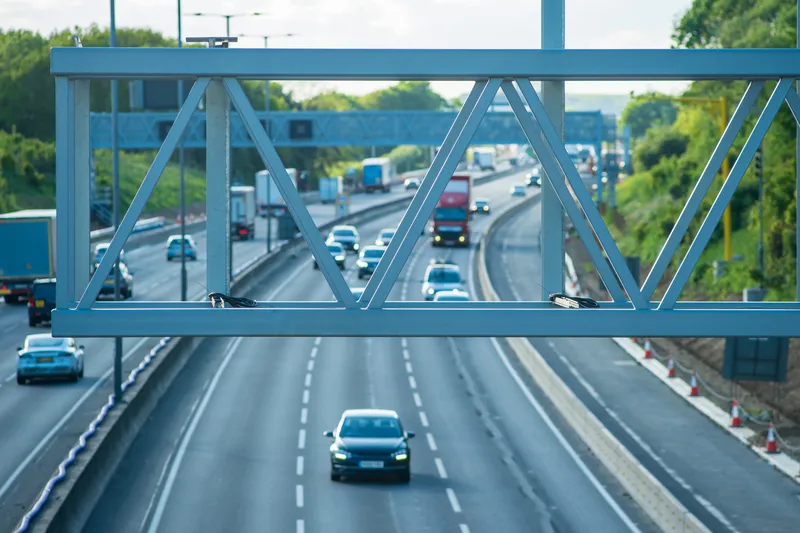A contract to deliver a new central traffic signal control and management system for the UK’s south east has been placed by
Central to the contract will be
The Siemens Stratos system will replace the existing UTC control system for the M25 and bring the control of sites in central southern England and the south east under the control of the new system, which additionally offers expansion capacity for the other regional areas.
The development roadmap will deliver a new traffic signals module to Highways England from April 2016, which, when linked to the latest generation of IP outstations, will offer the functionality previously provided by the two separate systems on a single platform. This provides Highways England with a single hosted solution for both real time control and monitoring which can be accessed through secure internet based connections, providing the flexibility to operate the system from many locations by many operators.
Traffic signal upgrade for UK’s south-east
A contract to deliver a new central traffic signal control and management system for the UK’s south east has been placed by Highways England with Simulation Systems (SSL) to meet both the immediate and future requirements of Highways England for England’s motorway and major A-roads. Central to the contract will be Siemens Stratos cloud-hosted, fully integrated traffic control and management solution and hosted-SCOOT, the real time UTC and adaptive traffic control system already used to manage and co-ordinat
April 25, 2016
Read time: 2 mins










